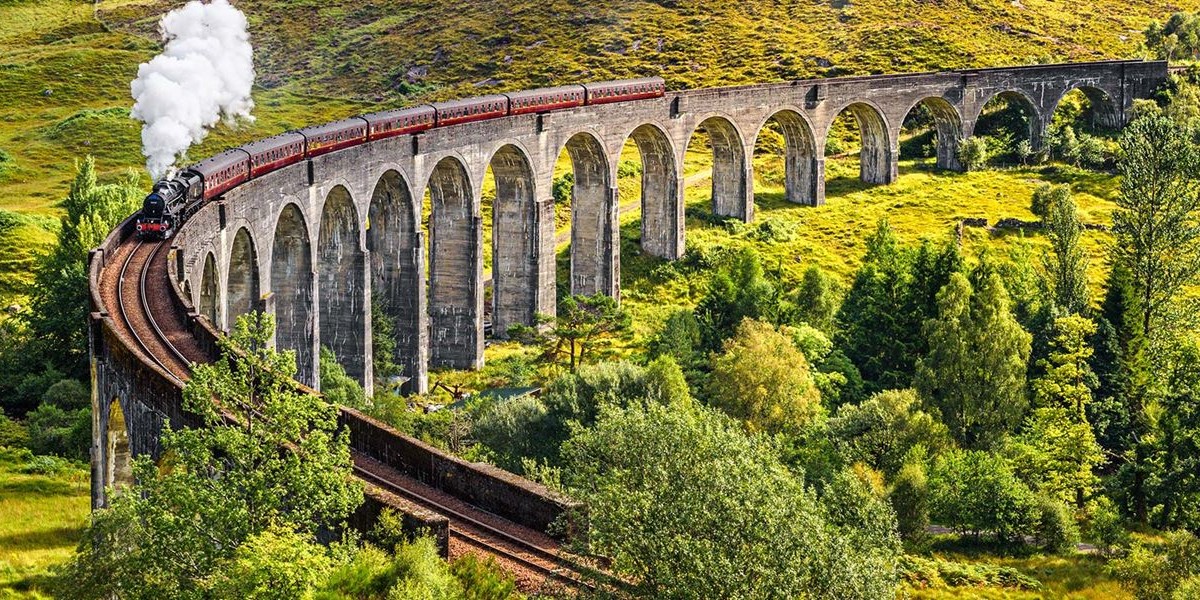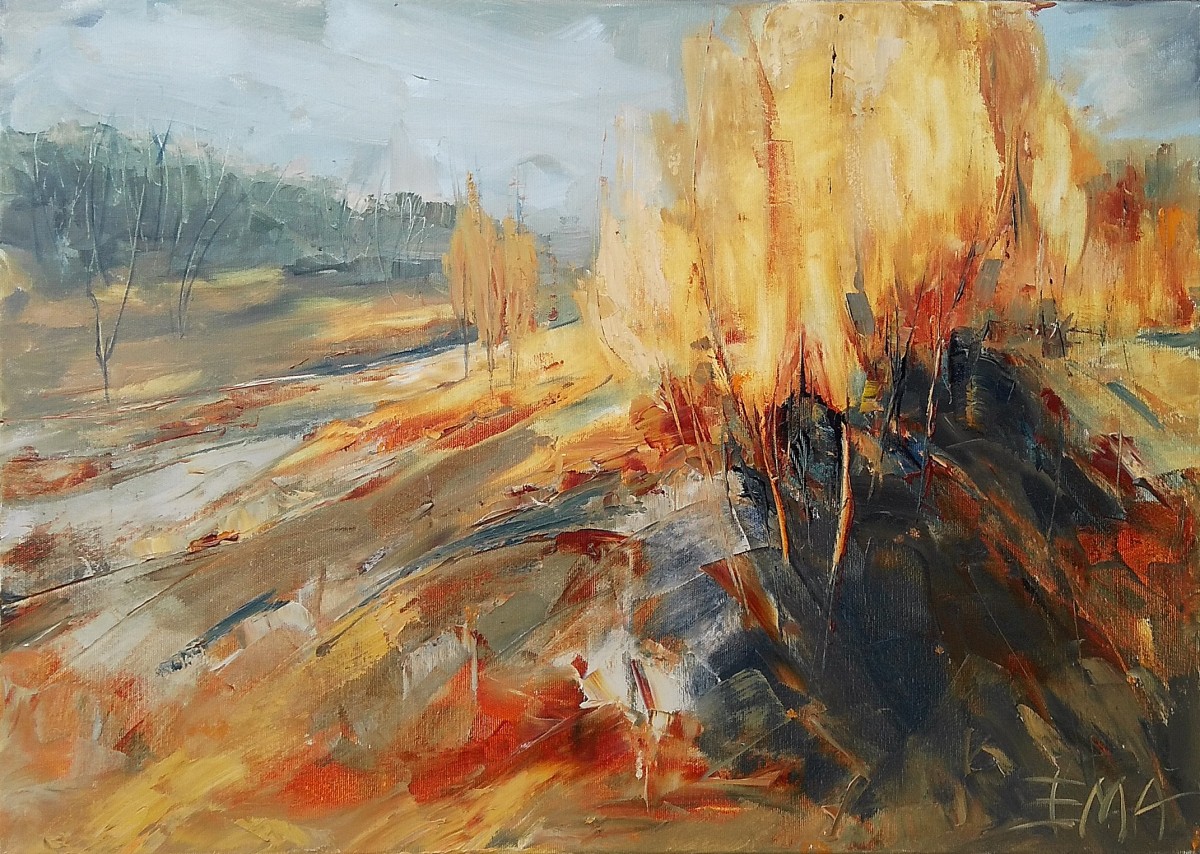
Good photography is a big part of online marketing as people can’t see the product in the flesh. It is important that the photos capture everything about it: colours, size and texture. When talking about paintings, they’re no different than any other product so having relevant photos of your artwork is a must.
With today’s advanced technologies you only need a decent camera and a photo editing program and you can get good photos of you paintings without paying a professional to do it for you.
Getting ready
We won’t get into technical details about setting your camera as each one is different, but the general rule is f8 aperture and 1/125 seconds exposure.
The best place to take photos of your paintings is where you have access to natural light such as on a wall by the window or even outside in the garden. The light should be even so make sure you don’t have the sunlight fall directly onto the painting as it might cause patches of light and shade on the surface.
If you feel brave, you can invest in a small desktop studio and a set of studio lights. While the former is great for small items and small artworks, the latter can be used as an extra source of light. If you don’t know how to use them, keep experimenting at different distances and intensities, take several photos and see which one worked best.
How many photos?
For paintings, the minimum requirement is three: one of the whole image, one with a detail and one from the side. It is a good idea, however, to take several details from different parts of the painting to show texture, brush strokes, movement and technique. People need to see those details as if they were in a gallery looking at the actual object. Make sure the photos are sharp and clear.
Apart from photos of the actual paintings, it is always a good idea to take one or two product photos as well. They are great for your website and for your portfolio. The best background is white so the painting will stand out. Photographing your painting with other objects like a vase of flowers for example, will show people scale and proportion. Make sure you choose props that will complement the artwork so people won’t get distracted by them.
At Art2Arts, we have a new feature where you can see the artwork in different rooms. You can also change the wall colours to match your own.
Editing
There are many free programs for editing, easy to use so you don’t have to invest in a specialised program unless you want to. Picasa from Google is a good example as you can play with light, colour saturation, cropping and straightening. It is a good idea to have your monitor calibrated for best colour accuracy.
Tips:
- If you have a framed artwork behind glass that needs photographing, it is a good idea to take the main picture either before framing or by taking the artwork out from the frame to avoid distracting reflections. If you want to photograph the artwork in the frame, simply take off the glass and put it back when you finish.
- To achieve consistency take the photos in the same location and if possible at the same time of the day. It will also be easier for you when editing.
- Avoid glossy surfaces near the artwork when taking photos so you don’t get any unwanted reflections on your image.


